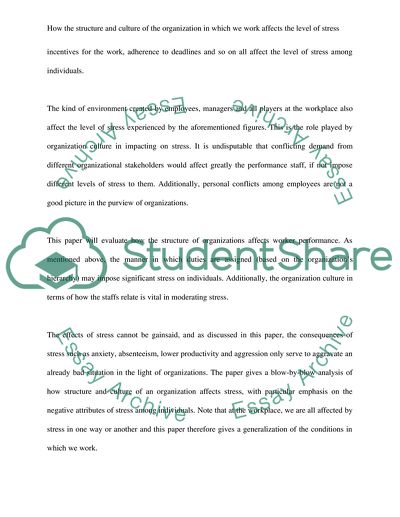Cite this document
(“How the Structure and Culture of the Organization in which We Work Essay - 8”, n.d.)
How the Structure and Culture of the Organization in which We Work Essay - 8. Retrieved from https://studentshare.org/social-science/1550318-essay
How the Structure and Culture of the Organization in which We Work Essay - 8. Retrieved from https://studentshare.org/social-science/1550318-essay
(How the Structure and Culture of the Organization in Which We Work Essay - 8)
How the Structure and Culture of the Organization in Which We Work Essay - 8. https://studentshare.org/social-science/1550318-essay.
How the Structure and Culture of the Organization in Which We Work Essay - 8. https://studentshare.org/social-science/1550318-essay.
“How the Structure and Culture of the Organization in Which We Work Essay - 8”, n.d. https://studentshare.org/social-science/1550318-essay.


